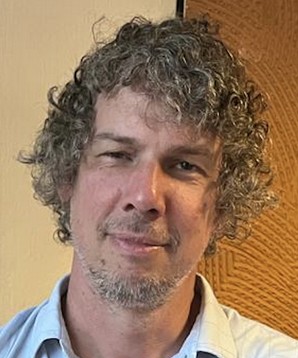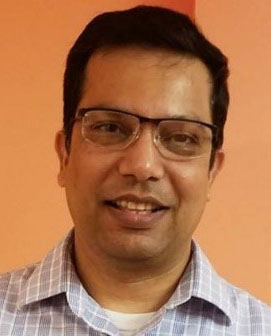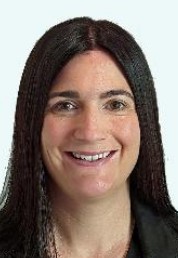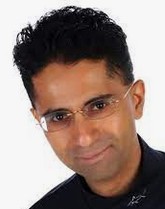Workshop on
Quantum Computing: Devices, Cryogenic Electronics and Packaging
A Seasonal School of the IEEE Circuits & Systems Society
Tues/Wed, 24-25 October, 2023 at SEMI World Hdqtrs, Milpitas, CA USA
Welcome to the first year of this new Workshop from the IEEE Circuits and Systems Society, organized and run by three Silicon Valley IEEE chapters: Circuits and Systems, Electron Devices and Electronics Packaging.
QC:DCEP 2023 is planned to be a hybrid event, with both in-person and WebEx participation. Registration
is now open. On-site seating is limited. Review the Advance Program.
The intent of this workshop is to bring together engineers of electrical, mechanical, materials and computer science disciplines and physicists to describe the state-of-the-art in all the interconnected fields and the opportunities and challenges for future generations of quantum computers.
Confirmed plenary and invited talks:
plus additional technical talks
Drawings will be held for two GeForce RTX-4090 graphics cards, donated by NVIDIA — one will be awarded to an on-site speaker, while the other will be awarded to an on-site attendee. These new gaming accelerators for Windows PCs are not yet on sale. Need not be present to win. We invite you to register for QC:DCEP 2023 using our EventBrite site. Register today!















